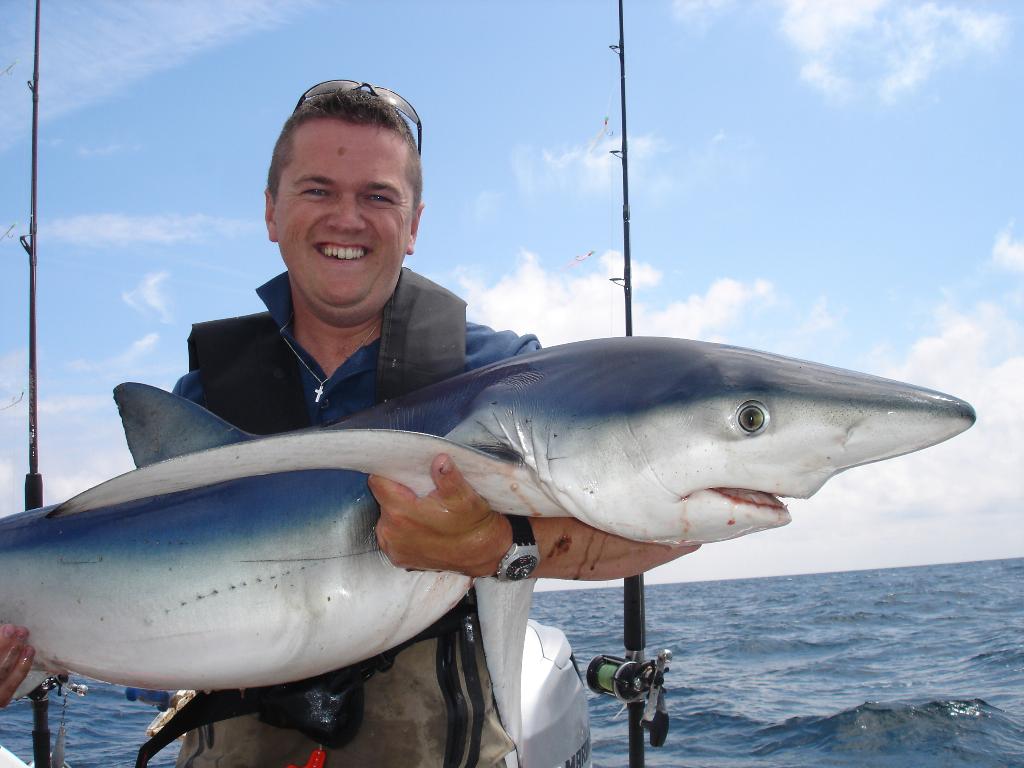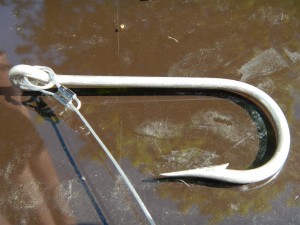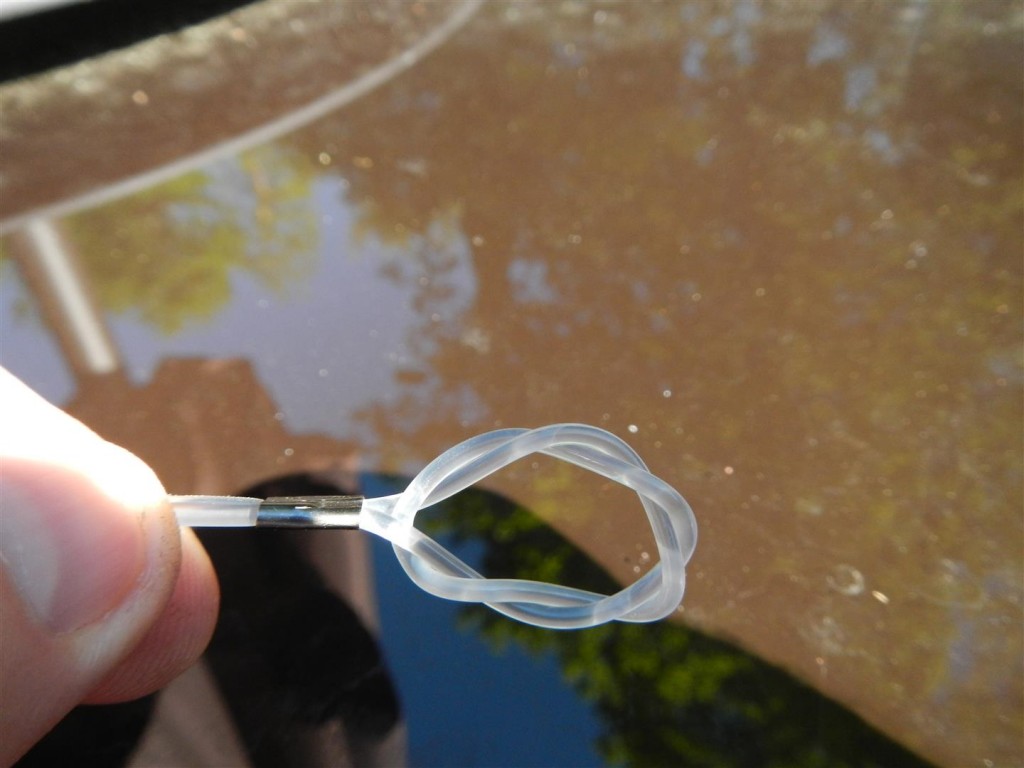When it comes to traces to catch blue sharks you will hear many differing recipes. It can be a problem to deciding just who’s pattern is tried and tested and which is the weakest link...
There are many choices when it comes to shark trace tying. There are loads of opinion both online, in books and paper magazines. Each angler has a choice, you can always buy your shark traces but of course it is nice to make your own. You will probably find that on most charter boats the skipper’s traces will be the only traces to be used. It makes sense too. The skipper should have a raft of experience when it comes to shark fishing and that’s why they will use only the traces that they are comfortable with and also a trace design that has stood the test of time.
How bad can it get? Once I was guiding to help out a mate. “Everything’s on board” said the mate, including traces. As it turned out the traces were made by a “buddy in the UK”. As it turned out the traces were complete crap. The net result was a decent sized shark trailing a couple of traces around the boat. We were lucky on the day that there was no shortage of sharks around. If for no other reason, the main reason why I like to make up my own traces it is this: Some days shark fishing can take time. I have fished for shark and had only one run in the day. You need to be confident that the shark that runs has the best possible chance of being landed. You need your gear to be ready and strong enough to take the strain but light enough to magnify the fight.
Again I stress here: I have been shark fishing for years. This trace is what works well for me. If something crops up year on year then I am happy to modify my traces to suit – It is always a learning game. These traces I use for fishing for blue shark. I have not hooked any of the other shark species in my local waters. They are there though! There are porbagle and makos around there is always a chance of a thresher. The fact is simple enough – there are more blue sharks than any of the others. Once you add ruby dubby to the water during a drift you have little control over what sharks are attracted to you. It just so happens that blues are the most common and therefore are the target of most shark fishing trips on the drift.
The Trace
The chances are that a big blue shark is going to be the biggest and strongest fish you are going to meet regularly in Irish waters. Your tackle, that is everything from rod to hook, must be stronger than you have used before.
Overall I find something close to 12 feet does the job fine. I don’t measure exactly. Let’s call it 3-4 metres for the metric heads!
I like a big decent hook. It takes less searching to t-bar it out later! I use a standard pattern Mustad commercial hook in size 14/0. These are fairly industrial hooks but they are sharp and will put up with fair pulling. I located a stock of these on the fair isle of Lanzarote one year and I tend to call back to the tackle shop every couple of years to top up!
My choice has always been a biting trace of wire and the remainder made up of heavy mono. I am happy to use various types of wire and lately I have been using 7 strand but have also used 49 strand. Really it tends to be whatever I can get my hands on at the time. I use breaking strains between 200-400lb, again depending on my whim. The shark will hardly break it but it could likely saw through it. Rigging wire it oft used and is acceptable too!
So we are going to construct as follows – Hook to wire to swivel to mono to mainline.
At every stage where attach line to an eye I will construct a Flemish loop before crimping. A Flemish loop is a simple loop but it fulfils an important function – it will take the pressure off your crimps.
Here is the simplest video I could find:
So , hook to wire is sorted. I then crimp in a decently strong barrel swivel before adding the mono. I usually use 300lb+ mono. Recently I used 200lb and it worked out fine. About 8-10feet of mono will do the trick. The mono is more about protecting the shark as much as anything else. Blues will often roll and wrap so the mono needs to be able to take the abrasiveness of shark skin.
At the end of the mono, where you will be attaching to you mainline, I tie another loop and I am ready for some shark fishing!
Remember, shark traces if they are constructed well will last for a few trips. It is important to study your traces that have been used before and remove and replace any component that looks week, frayed or damaged in any way.
Happy shark fishing!









